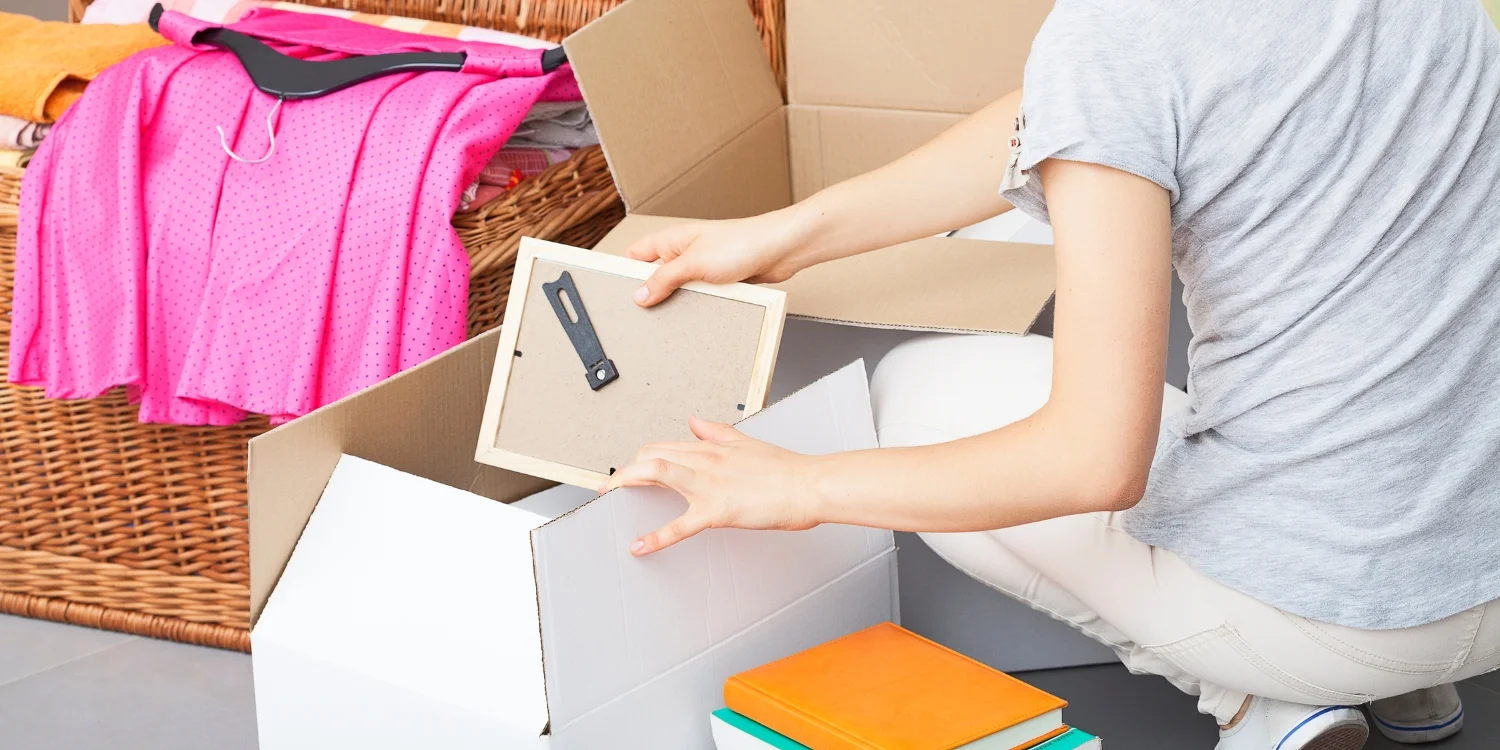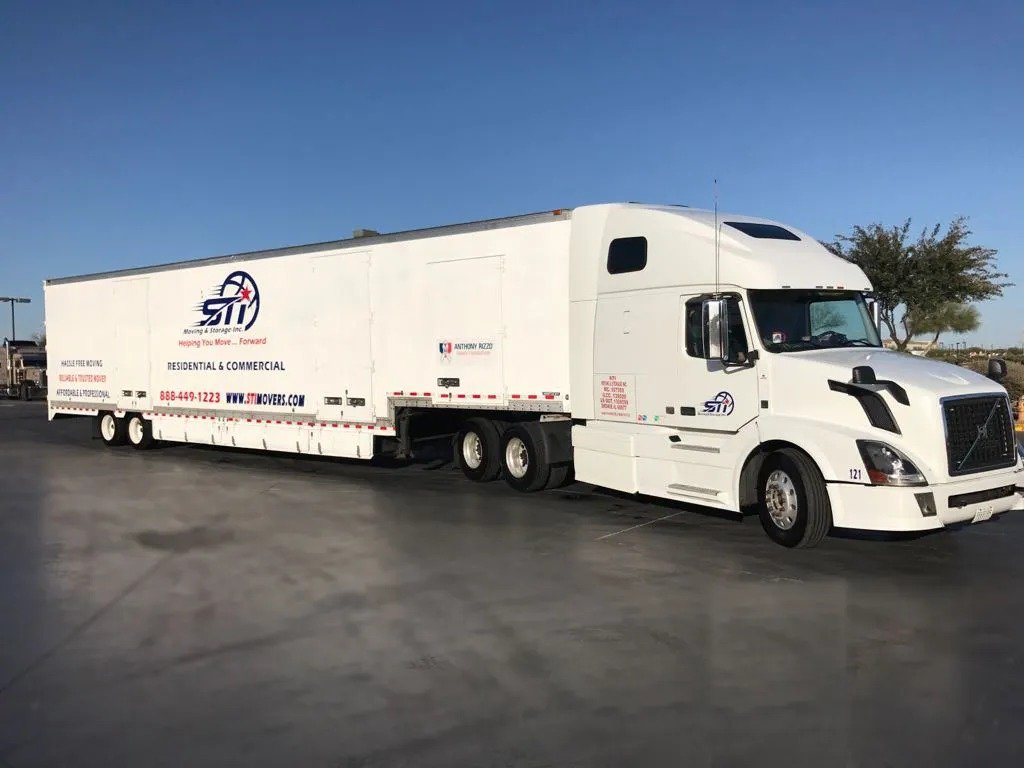Properly packing pictures is essential to ensure they remain safe during a move. Framed artwork and photographs are fragile and susceptible to damage such as shattered glass, scratched frames, or torn canvases.
Without proper preparation, shifting during move can lead to costly or sentimental losses. By taking the right steps to protect these items, you can ensure they arrive at your new home in perfect condition.
Materials and Tools Needed to Pack Pictures
Packing your pictures requires the right packing supplies to ensure their safety. Here’s a list of essential supplies you’ll need:
- Packing Paper: Protects the surface of frames and glass.
- Bubble Wrap: Provides cushioning to prevent breakage.
- Packing Tape: Secures wrapping and seals boxes firmly.
- Corner Protectors: Shields frame edges from dings and cracks.
- Sturdy Boxes: Choose boxes slightly larger than the pictures for added padding.
- Labeling Materials: Use markers or stickers to indicate fragile contents.
Consider specialty boxes for odd shapes or eco-friendly supplies for sustainability. Having these items ready will make the packing process smoother and safer.
Step 1: Prepare Your Workspace
Start by clearing a clean, flat surface to use as your packing area. A table or floor with ample space works best. Ensure the surface is free from dust and debris to avoid scratching frames or glass.
Organize your supplies before you begin. Keep packing paper, bubble wrap, tape, and boxes within arm’s reach.
Having everything ready will streamline the process and reduce the risk of damaging fragile items during hurried packing. A well-prepared workspace sets the stage for efficient and safe packing.
Step 2: Wrap Pictures with Care
1. Protect the Glass: Use painter’s tape to create an ‘X’ on glass surfaces. This reduces the risk of shattering and helps hold broken glass in place if it cracks.
2. Wrap the Frame: Cover the picture with packing paper or glassine to prevent scratches. Then, add a layer of bubble wrap, paying extra attention to the corners.
3. Secure the Wrap: Use packing tape to keep the layers tight and secure, ensuring the frame is fully cushioned.
These steps create a protective barrier against impacts during the move.
Step 3: Use Corner Protectors and Padding
Corners are the most vulnerable part of any frame, making corner protectors essential. These protectors shield edges from dings, dents, and other damage during relocation.
After securing corner protectors, add additional layers of padding. Wrap the entire frame in bubble wrap, ensuring the corners are snugly cushioned.
Use crumpled packing paper or foam pads to fill any gaps when placing the frame in the box. This layering technique provides maximum protection and helps absorb shocks during the move, keeping your pictures safe from harm.
Step 4: Choose the Right Boxes
Selecting the right boxes is crucial for protecting your pictures during a move. Choose sturdy, appropriately sized boxes that are slightly larger than the frames. This allows room for padding while keeping the frame secure.
For larger or unusually shaped pictures, consider using specialty picture or mirror boxes. These boxes are designed specifically for fragile items and offer additional structural support.
Using the right box ensures your pictures are safely enclosed and less likely to shift or sustain damage during relocation.
Step 5: Pack the Box Securely
1. Prepare the Box: Add a layer of packing peanuts or crumpled paper at the bottom to create a cushion.
2. Place the Picture: Set the wrapped picture upright in the box, ensuring it doesn’t touch the sides.
3. Add Padding: Fill empty spaces with more bubble wrap or paper to prevent shifting.
4. Test for Movement: Gently shake the box; if anything moves, add more padding.
5. Seal the Box: Use packing tape to close all seams and label the box clearly as “Fragile.”
This ensures your pictures are snug and protected during the move.
How to Pack Oversized or Irregular-Shaped Frames
Packing oversized or irregular-shaped frames requires extra care. Start by wrapping the frame with packing paper or glassine to protect the surface, followed by multiple layers of bubble wrap for cushioning.
Use additional padding, such as foam or crumpled paper, around any protruding or irregular areas.
For large frames, consider using specialty oversized boxes or custom-built crates for added protection.
These options provide the structural support needed for safe move. If the frame is particularly valuable or delicate, hiring professional packing services can ensure it is handled with expertise, minimizing the risk of damage.
Common Mistakes to Avoid
Avoid these common mistakes when packing pictures to ensure they remain safe during the move:
- Overpacking or Underpacking: Overpacking can increase pressure on fragile items, while underpacking leaves frames vulnerable to movement and impact. Always aim for a snug fit with sufficient padding.
- Using Improper Materials: Avoid using old newspapers or flimsy boxes, as they provide inadequate protection and may lead to damage. Stick to high-quality packing materials like bubble wrap, sturdy boxes, and packing paper.
- Skipping Labels: Failing to label boxes as “Fragile” can result in mishandling during move. Always mark the boxes clearly to ensure careful handling by movers.
By steering clear of these mistakes, you can greatly reduce the risk of damage to your pictures during the move.
Loading Packed Pictures Safely onto the Moving Truck
When loading packed pictures, always place the boxes upright to maintain their structural integrity. Position them along the sides of the truck, where they are less likely to shift. Use straps or bungee cords to secure the boxes in place, ensuring they stay stable during move.
Avoid stacking heavy items on top of picture boxes, as this can cause crushing. Instead, place lighter boxes or soft items like cushions nearby to act as buffers.
By carefully arranging and securing your boxes, you can prevent tipping or damage and ensure your pictures arrive at your destination intact.
Eco-Friendly Packing Tips
Adopting eco-friendly packing practices not only protects your pictures but also reduces environmental impact. Here are some tips:
- Reuse Materials: Opt for gently used packing supplies, such as bubble wrap, reusable plastic crates, and packing paper. Repurpose items like old towels or blankets as padding for frames. This approach not only provides safety but also supports eco-friendly moving solutions.
- Choose Sustainable Options: Use biodegradable packing materials, such as cornstarch-based peanuts or recycled paper, instead of plastic-based products. Look for recyclable or reusable boxes.
- Recycle After the Move: Once unpacked, recycle cardboard boxes, paper, and other materials responsibly. If possible, pass them along to others who are moving to extend their lifecycle.
By making these small changes, you can pack efficiently while contributing to a greener moving process.
Why Hire Professional Movers for Packing Pictures
Hiring professional movers, like STI Chicago Movers, ensures your pictures and artwork are handled with care and expertise. Professionals are skilled in packing fragile and high-value items, using the best materials and techniques to minimize the risk of damage.
They also have access to specialty equipment, such as custom crates and padding, to securely relocate delicate or oversized frames.
With their experience, movers can save you time and reduce stress, allowing you to focus on other aspects of your move. For added peace of mind, many professionals offer insurance coverage, protecting your valuable items during relocation.
Conclusion
Properly packing pictures is essential to ensure their safety during a move. Using the right materials, following careful packing techniques, and avoiding common mistakes can protect your cherished artwork and frames from damage.
By taking the time to prepare and pack correctly, you can enjoy peace of mind knowing your valuables are secure. If the process feels overwhelming, consider hiring professional movers like STI Movers, who specialize in handling fragile and high-value items. With the right approach or expert assistance, your pictures will arrive at your new home in perfect condition.



